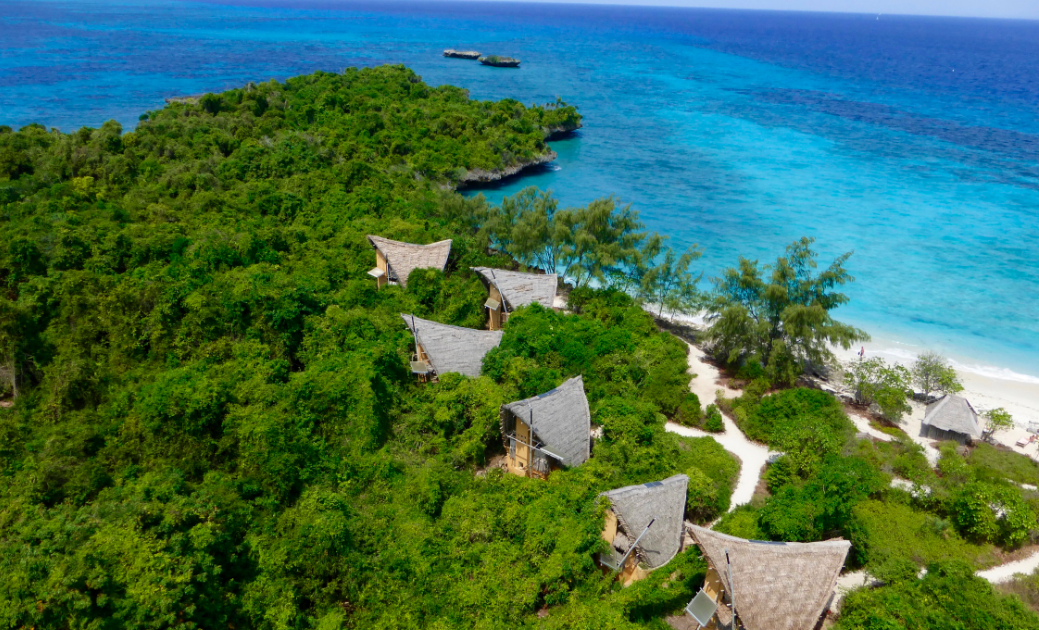‘Sustainable tourism’ has become a buzzword. All those shiny pictures of fancy eco-lodges and restaurants do really look nice. But how do you find the right option for you? And how do you know if those places are actually trustworthy and not just using the term ‘eco’ as a marketing tool? Well, the good news is that you don’t need to become an expert in the topic. You just need to know where to look.
It’s easy to become overwhelmed if you start searching on Google. You are basically bombarded with options. Up to you to separate the wheat from the chaff. And before you know it, you’ve spent countless hours browsing to find the perfect place, restaurant or venue. Sounds familiar? I get you, because I’ve been there too. But it doesn’t need to be this way.
The greatest threat to our planet is the belief that someone else will save it. – Robert Swan
Be smart and let others do the work for you
The easiest way to save time is to let others do (the majority of) the work for you. This doesn’t mean that you actually have to hire someone. Even though you can, if that works better for you. But what I am trying to say is that there are a lot of people out there who are passionate about sustainable tourism. They want to make it more accessible for a large audience by putting those sustainable efforts in the spotlight.
Yep, I’m talking databases. Experts basically do the pre selection and – even more important – verification for you. Whether you are looking for accommodation or for activities, there are a lot of qualitative options to look into.
Lokal is an advocacy platform where you can book accommodation and activities that let you experience local life. They only work with family-run businesses, community cooperatives, and actual social enterprises. It’s a guarantee that the money you pay will go to the local communities.
Visit.org curates a worldwide selection of unique activities. These range from trekkings or tours to workshops on the environment, women’s empowerment, animals and much more. All these activities have on thing in common: they’ll benefit a cause you care about.
These are just two examples but there are many more.
Now, imagine this: while you are enjoying a sustainable place or activity, you are supporting a good cause. Sounds good, doesn’t it?
Platforms like Visit.org and Lokal offer all kinds of activities that are “good for the people and good for the planet”.
The difference is in the choice you make
Whether your trip or retreat has an extensive program of its own, you want your clients to also enjoy the destination. And this is a big one. Because depending on the choices you make, you can have a disrupting or empowering impact on your destination.
The baseline you should keep in mind here is – and be honest with yourself – if your activity is disrupting or supporting the environment, animals or local communities?
Some of the worst examples are riding on elephants or treating indigenous communities as a human attraction. Examples of supporting activities are canopy trekkings, responsible interaction with animals in a sanctuary or helping out a local non-profit with f.e. a beach clean-up!
The options are limitless, and the impact and the revenue that goes back to the local community can be limitless too. On top of that, your clients will feel great as they support a good cause while they are enjoying themselves. And as the activity hosts are getting fair wages, are treated with respect and receive empowering trainings, the interaction and the impact of the experience will be much deeper as opposed to many conventional day excursions.
There is no plan B because we do not have a planet B. We have to work and galvanise our action. – Ban Ki Moon
Your personal habits under scrutiny
Last but not least, let’s have a look at your habits. These are simultaneously the easiest and the hardest things to change.
The easiest one to start with is to carry around a reusable water bottle. If you are a coffee person, carry a foldable coffee cup. Set the example and encourage your clients to do the same.
Wherever you are, shop locally and eat in local restaurants. The same applies to artisans; try to visit them in their workplaces. Supporting local initiatives is not only going to be a nicer experience for your clients, it will most likely be the cheaper one.
We also need to talk about planes. This is one of the most polluting aspects of travel, so I suggest avoiding it whenever the distances allow for it. If you do have to fly, then try to book direct flights. Every take off and landing adds to the carbon emission of the plane.
Which brings me to another action you can take: calculate your carbon footprint and plant trees to compensate. You could do this via Cool Earth, a non-profit that works alongside rainforest communities to halt deforestation and climate change.
My final advise: be the change you want to see in the world. The ripple effect you start might have a bigger impact than you can imagine right now.

Are you currently in the process of (dreaming about) planning your own eco conscious retreat? My e-book will further help you getting started. I combined my different ideas and experiences into 9 inspirational pieces of advice.


